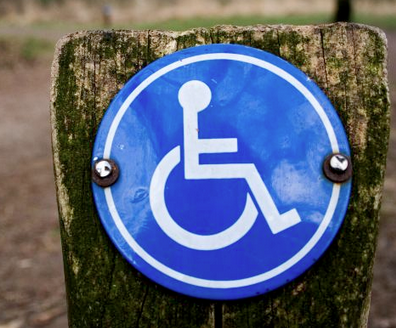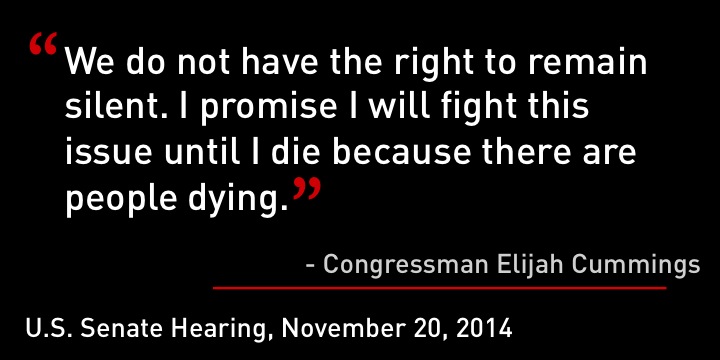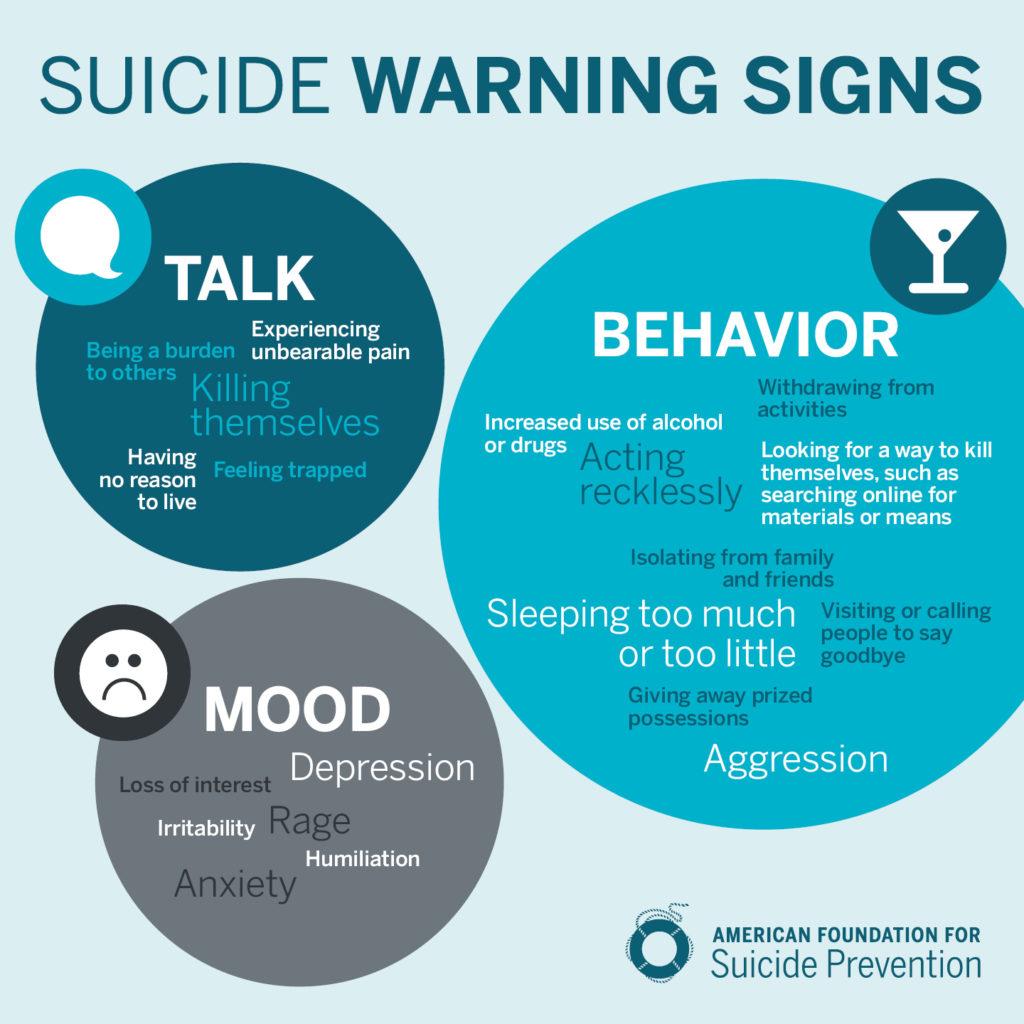by Mark A. Kelley, MD
This blog that we are sharing for National Stay Out of the Sun Day originally appeared on HealthWebNavigator.
Skin cancer is the most common cancer in the United States. Here are some facts:
-
- Over 3 million Americans are treated for skin cancer every year.
- One in five Americans will develop skin cancer during their lifetime.
- Skin cancer is preventable and easy to detect.
- When caught early, this cancer is usually curable.
- Some types of skin cancer can be fatal.
Skin cancer is caused by sunlight damage to the skin. The only way to prevent it is to stay out of the sun, or block the sun’s rays.
People with fair skin are more vulnerable to skin cancer. Those with dark complexions have some natural protection since their skin filters out some of the sun’s rays. Nonetheless, people of color can still get skin cancer.
The sun’s ultraviolet rays can damage the DNA of skin cells. These cells may grow abnormally and eventually become cancerous. This transformation may evolve slowly over many years or may occur earlier in life, particularly if sunlight exposure has been intense.
Sunlight can also lead to another problem — premature wrinkling of the skin. Sun worshippers believe that a tan is healthy. In reality, a suntan is a sign of the skin injury. If it continues, the damage can destroy the foundations of the skin, and make it look like leather. Tanning also triples the likelihood of developing the most dangerous form of skin cancer, melanoma.
A melanoma starts as a pigmented skin lesion. Early detection and removal can cure this malignancy. However, if untreated, melanoma can spread to other parts of the body and cause death.
The other types of skin cancer are less aggressive and spread slowly to the surrounding tissue. The most common are basal cell and squamous cell carcinoma. These cancers are rarely fatal and in early stages, are easy to remove. If ignored, they can invade deeply and widely, making surgical removal challenging.
 To prevent skin cancer, protect your skin from sunlight:
To prevent skin cancer, protect your skin from sunlight:
- Limit your exposure to the sun. The sun’s rays are most intense between 10 am and 4 pm.
- If you must go out in the sun, block the sun’s rays with “cover-up” garments and/or with sunblock.
- Use sunblock that has sun protection factor ratings (SPF) of 15 or more. An SPF of 15 means that it would take you 15 times longer to get sunburn with the sunblock, compared to none at all.
- Follow the directions for applying and reapplying the sunblock product. Sunblock can lose its effectiveness after a few hours. It can also be removed by perspiration or swimming.
- Avoid indoor tanning salons. Research has shown that those using tanning beds have an alarming increase in skin cancer including the most deadly form, melanoma. Click here for more information.
Screening for Skin Cancer
The benefits of routine skin cancer screening are controversial. However, most experts agree that anyone with a suspicious skin lesion or with a history of skin cancer should seek medical advice. Click here for details.
More information on skin cancer can be found at the National Institutes of Health and the Skin Cancer Foundation.
It is important to know the dangers of sun and heat exposure, and that there are resources available for those in need. NeedyMeds has information on national Diagnosis-Based Assistance programs (DBAs) offering testing for those at risk for skin cancer as well as financial assistance for those already diagnosed.





